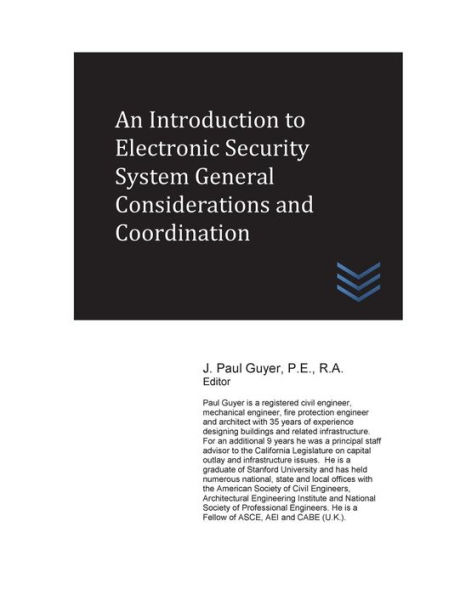Home
Integrating The Land and Air Components in an Anti-Access/Area Denial Environment
Barnes and Noble
Integrating The Land and Air Components in an Anti-Access/Area Denial Environment
Current price: $14.95


Barnes and Noble
Integrating The Land and Air Components in an Anti-Access/Area Denial Environment
Current price: $14.95
Size: OS
Loading Inventory...
*Product information may vary - to confirm product availability, pricing, shipping and return information please contact Barnes and Noble
The evolution of close air support is replete with examples of friction between the land and the air component. The joint force has struggled with the most effective way to plan and execute close air support at the operational level. Once again, the operational environment is on the cusp of change. The combination of fiscal constraints and an anti-access/area denial threat environment are resulting in a smaller and more multi-role air component facing a robust anti-air threat. Due to these overarching factors, the joint force must plan close air support more diligently and operational component leaders must be in alignment in order to achieve success. If close air support operational planning is relegated to mere apportionment styled planning or leaders do not have a synergistic relationship, the results in the next contingency could be disastrous. In order to be successful joint planning teams must incorporate key tenets founded in the joint principles, elements of operational design, and joint functions. Just as important as the operational planning, operational leaders must have a relationship based in trust and with aligned prioritization all while accepting minor doctrinal mission degradation. If the joint force fails to implement these key factors at the operational level, history may repeat these lessons once again.












